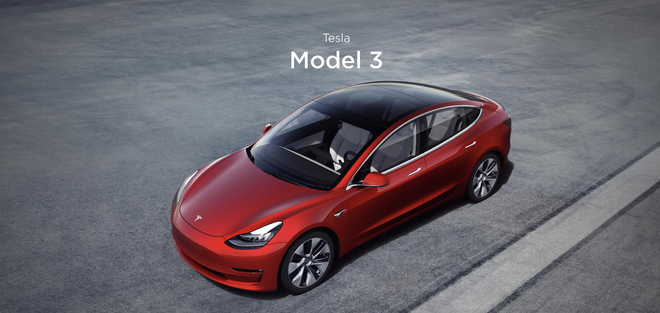On December 6th, the domestic version of Model 3 finally entered the list of promotions issued by the Ministry of Industry and Information Technology (MIIT). This not only means that it will enjoy national subsidies, but it is also a license to sell and deliver Model 3 made in China to customers.
According to the 2019 subsidy policy, the domestic Model 3 will receive a subsidy of 24,750 yuan, which obviously means that there is another “indirect price reduction” for the domestic Model 3.
However, this real “discount” did not excite friends who were interested in buying the domestic Model 3. Instead, due to the basic vehicle information displayed in the MIIT list, especially the reduced endurance mileage and two different specifications of the models, many questions arose. Let’s first talk about these issues.
Endurance Mileage has not been Reduced
Previously, the imported version of Model 3 had a standard endurance upgrade version with a range of 480 km. The domestic Model 3 standard endurance upgrade version is divided into two versions, with a range of 445 km and 455 km, respectively.
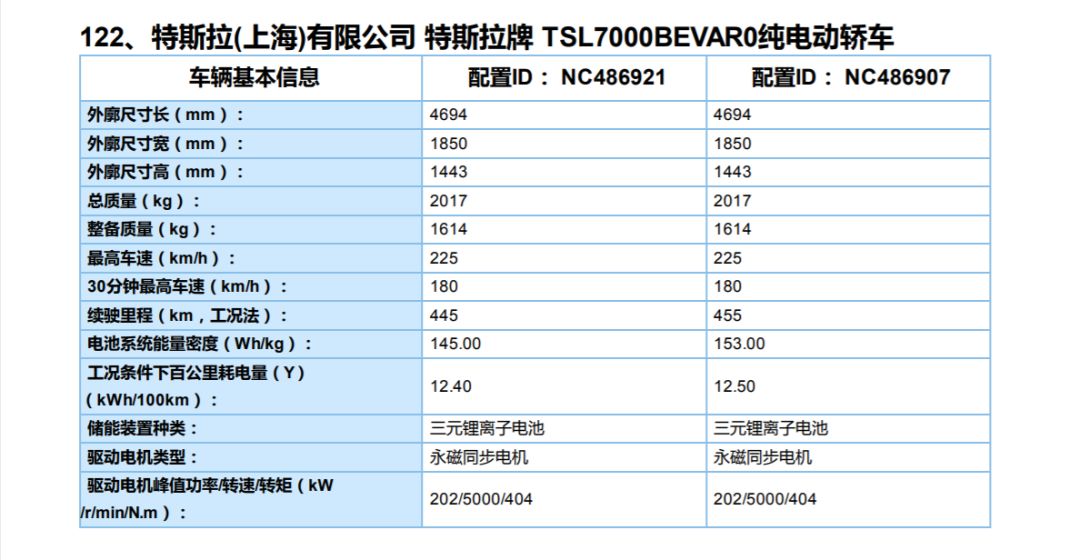
- Why does the domestic version have two models?
The vehicles currently being produced still use Panasonic batteries imported from overseas. However, according to foreign media reports, as well as our analysis of LG Chem’s investment direction and technology development route, after the Tesla Shanghai factory’s battery module production line is completed, the vehicles’ power batteries will be manufactured using LG Chem’s batteries.
After the MIIT’s announcement of the vehicle information, online comments also revealed that the two different battery parameters for the domestic Model 3 were exactly for Panasonic and LG Chem batteries.
- Which model uses Panasonic batteries?
From the voltage/static capacity perspective, Panasonic’s single-cell specifications are slightly better than LG Chem’s. By calculating, the total capacity of the Panasonic battery is 3.7 V * 4.8 Ah * 2976≈52.85 kWh, while the total capacity of LG Chem’s battery is 3.7 V * 4.7 Ah * 2976≈51.75 kWh.
Since the two models of the domestic version only have battery-related data differences, and other data such as the curb weight and motor power are completely consistent, the greater the battery capacity, the higher the endurance, hence the corresponding endurance range using Panasonic batteries being 455 km.
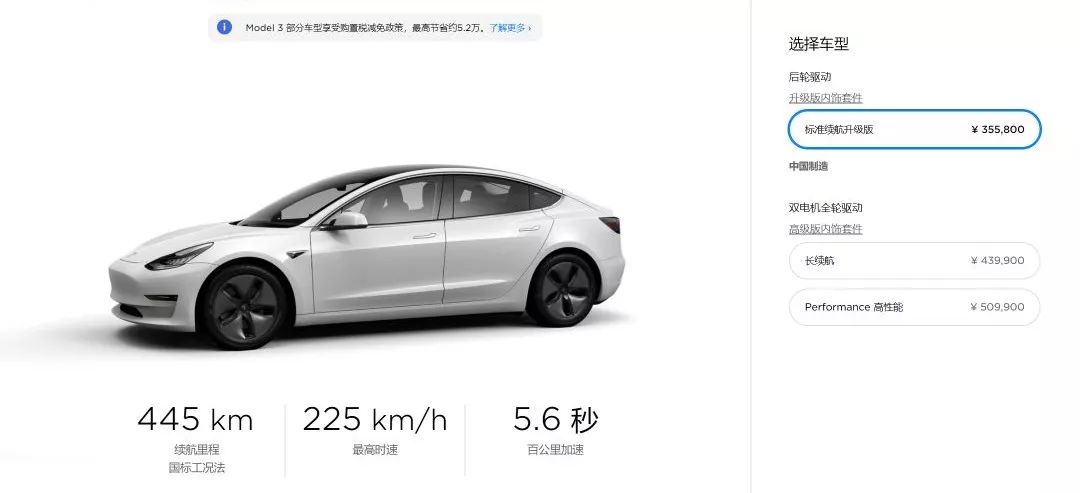
Why does the official website display only 445 km range for Model 3’s Chinese version?
For Tesla, both imported and domestic versions of Model 3 with the same Panasonic batteries have upgraded standard ranges. Therefore, choosing the lower range number can avoid confusing consumers.
- Why is there a difference in range for the Chinese domestic version of the Model 3 with the same Panasonic batteries?
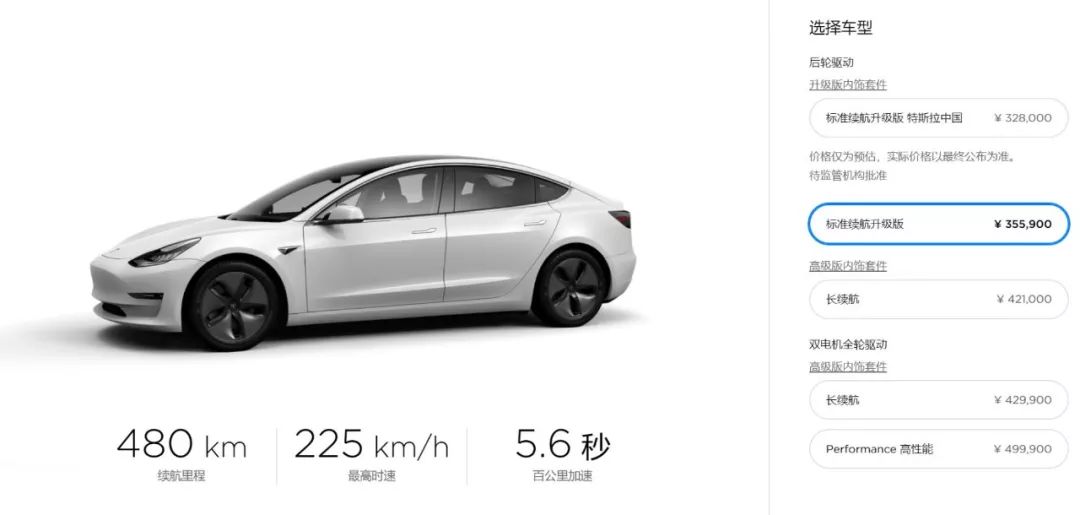
Observant readers may notice the phrase “National Standard Working Conditions” in the range for the domestic version of the Chinese Model 3. Is this due to differences in testing standards?
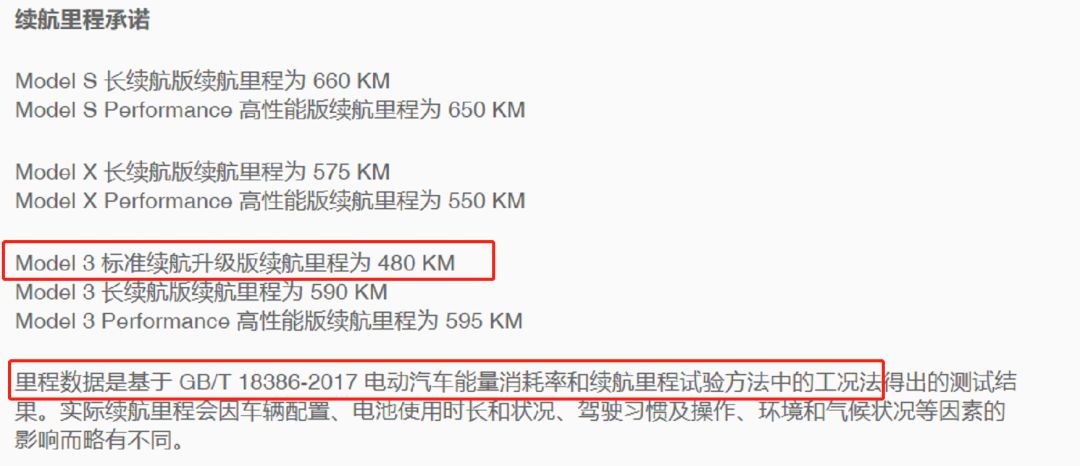
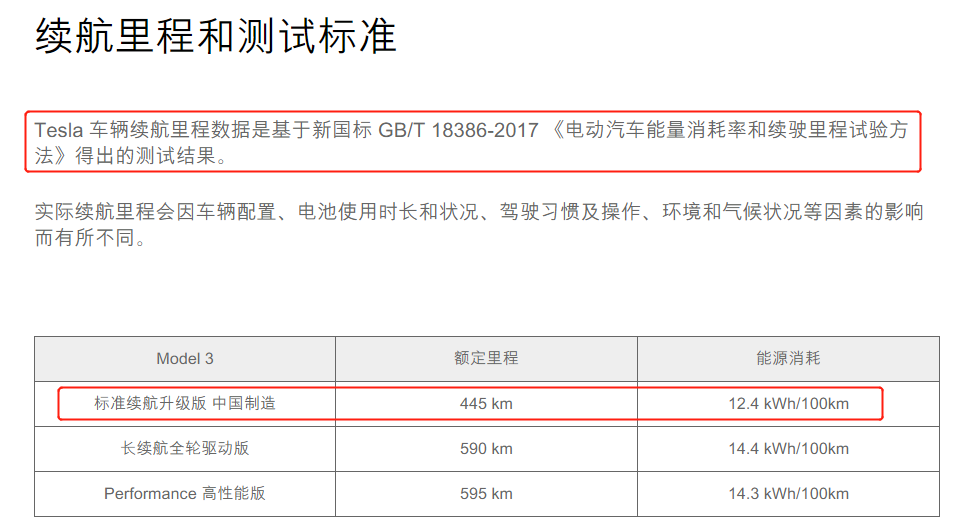
However, I found that both the imported and domestic versions of Model 3 have range and testing standards based on China’s new national standard GB/T 18386-2017 “Electric vehicle energy consumption and range test methods.”
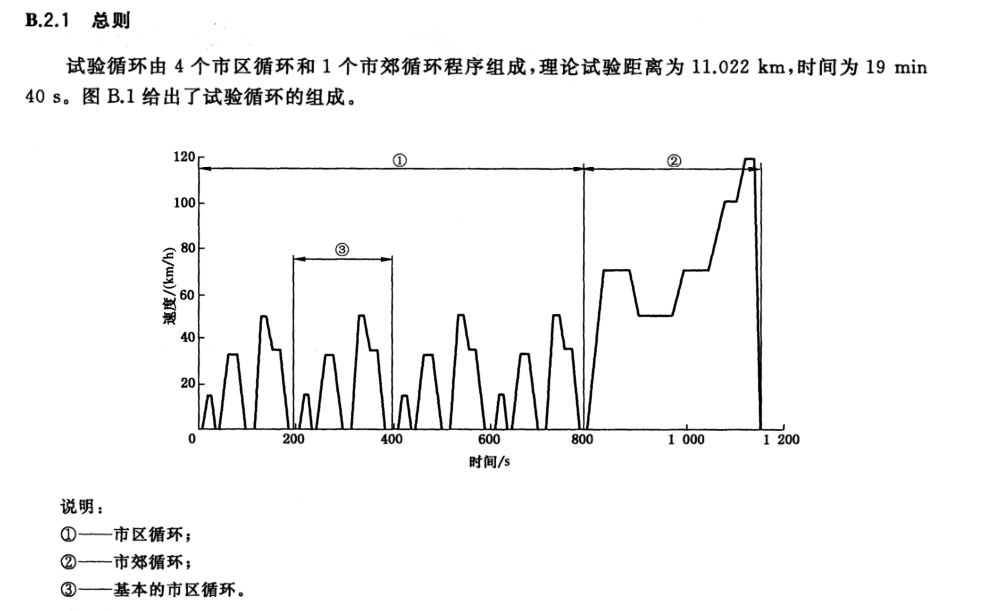
Test cycles for China’s national standard GB/T 18386-2017
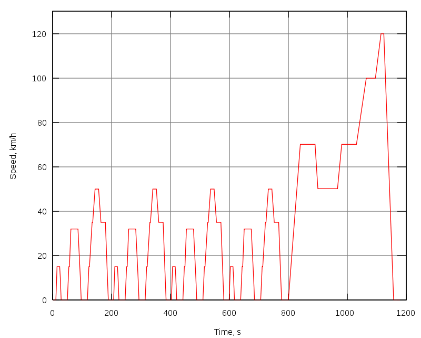
Test cycles for NEDC
Next, I checked the test cycles for China’s national standard GB/T 18386-2017 and NEDC, and found that they are exactly the same. To be safe, I consulted a testing engineer at a domestic automaker, who confirmed that “NEDC is actually a national standard.” Therefore, the claim of different testing standards cannot be established.
Did the range change due to OTA upgrades? On November 2, the US Model 3 did indeed receive a range increase after an OTA upgrade, for example, the EPA range for the all-wheel-drive long-range version of the Model 3 was raised from 310 miles to 322 miles. So, obviously, this claim is also unfounded.This is a bit difficult to explain, so let’s just focus on the vehicle itself.

These are the parameters of the imported Model 3 Standard Range Plus listed in the Ministry of Industry and Information Technology catalog, with a total battery weight of 345 kg and a battery capacity of 53 kWh.
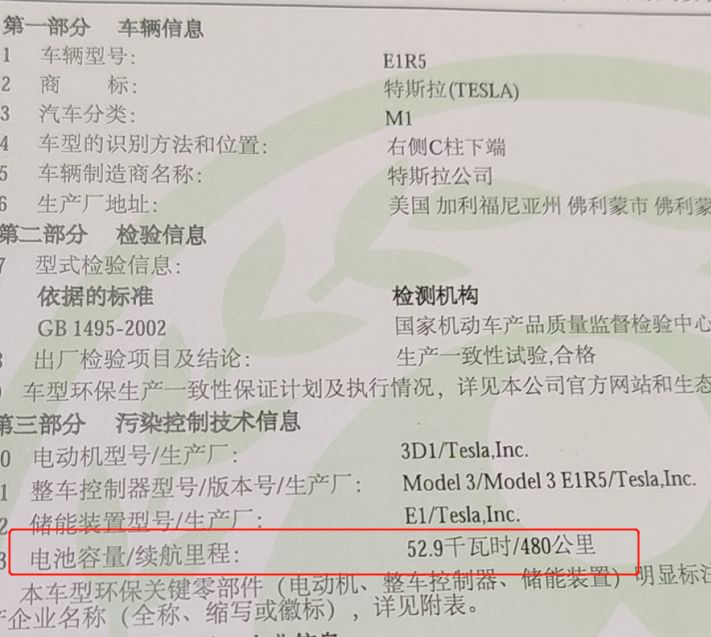
As the Ministry of Industry and Information Technology only displays integers, I found a list of the imported Model 3 Standard Range Plus and the battery capacity is 52.9 kWh.
Rounding 52.85 kWh to 52.9 kWh, we continue to calculate the total battery weight of the domestic Model 3 Standard Range Plus using the battery capacity (52.85 kWh) divided by the energy density (153 Wh/kg), and it is approximately equal to 345 kg as well, using Panasonic batteries.
Based on this, regardless of being imported or domestic, the Model 3 Standard Range Plus using Panasonic batteries has exactly the same battery pack. In the meantime, both models are also the same in terms of power parameters and curb weight.
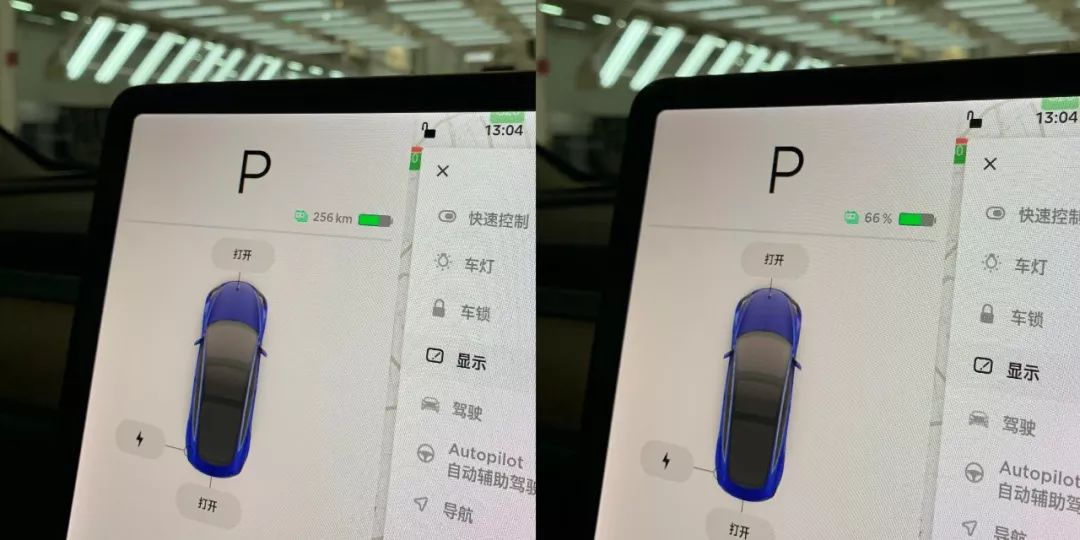
In addition, let’s take a look at the displayed range. As Model 3 only shows EPA range (which is more stringent than the national standard NEDC range), the imported version had a range of 386 km when fully charged, and when we had previously test-driven the domestic Model 3 Standard Range Plus, the remaining range was 256 km with a battery percentage of 66%, which indicates that the full range is estimated to be about 388 km (reverse calculation will have a small error).
Overall, the domestic version of Model 3 using Panasonic batteries does not have any reduction in range. As for the later models using LG Chem batteries, there is no need to worry either, as the national standard NEDC range is only 10 km less, which would not bring any significant difference in practical use.
Besides, the national standard NEDC itself has a large departure from the actual driving conditions, mainly serving as a cross-reference. Therefore, for the Model 3, it is better to refer to the EPA range.
The subsidy may not be related to you
After reading the above mentioned, you might not worry about the range anymore. However, can you still get the subsidies if you place an order now, or will there be any further price reductions?Let’s review the timeline of new energy vehicle subsidies changes in the past two years.
The subsidy policy for 2018 was announced on February 12 of that year. From February 12 to June 11 of 2018, new energy passenger cars and buses that were registered during that time period received subsidies at 0.7 times the previous subsidy standard.
The subsidy policy for 2019 was announced on March 26 of this year. From March 26 to June 25 of 2019, there was a transition period during which vehicles that did not meet the 2019 technical requirements received subsidies at 0.1 times the 2018 standard, while vehicles that met the 2019 technical requirements received subsidies at 0.6 times the 2018 standard.
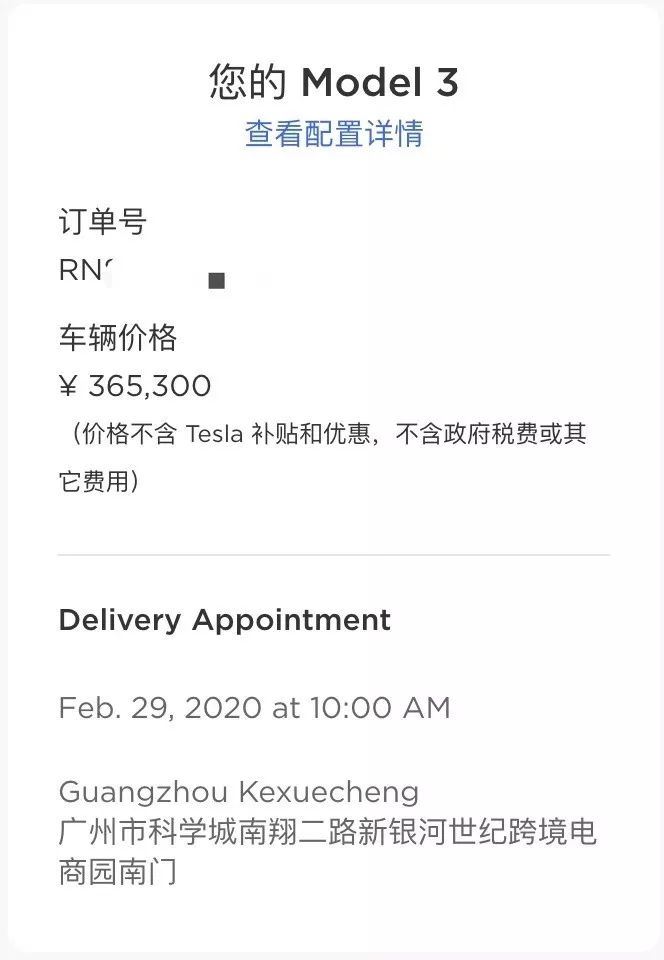
According to information from our 42HOW Tesla interest group, customers who placed their deposits in mid-October are expected to receive their vehicles on January 31. Customers who placed their deposits in early December are currently expected to receive their vehicles on February 29.
From these two aspects, customers who ordered early may receive their vehicles before the end of January. Even if orders are placed now and the vehicles are delivered by the end of February, it is still possible that subsidies will not be granted. However, even if the 2019 subsidies are missed, I do not think the actual price of the domestic Model 3 will rise significantly.
Why do I say that?
Tesla spent three years developing the Model 3 platform and its matching production line, which are characterized by their ability to support rapid and efficient replication across different regions and models. In other words, the production capacity of the Shanghai factory for Model 3 will rise very quickly.

December 9, 2019, source: James Yang
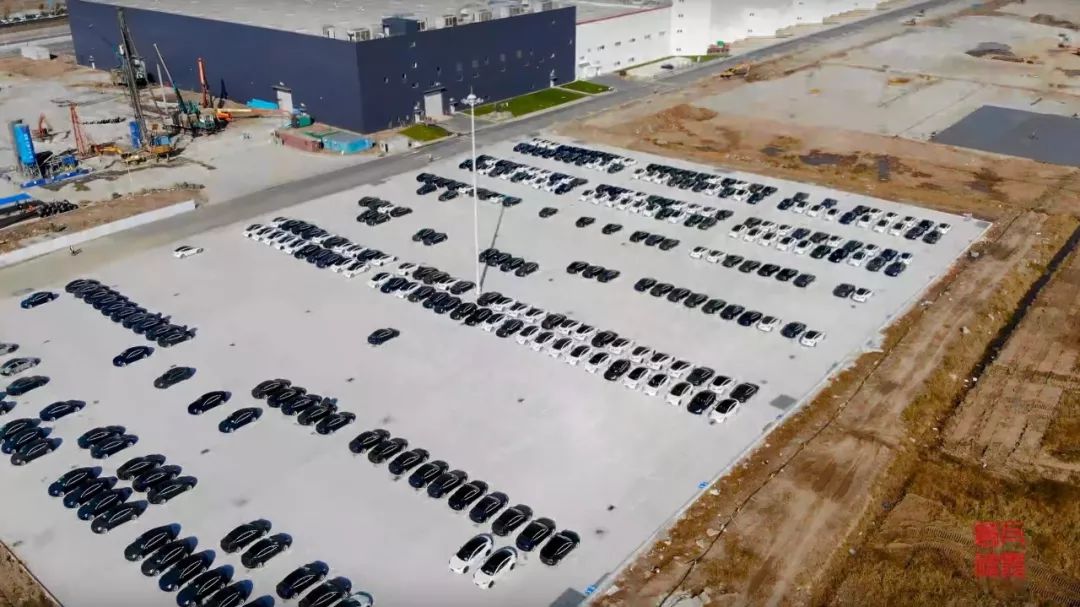
December 11, 2019, source: Wawa
There are reports that the production capacity of the Tesla Shanghai factory has reached 1,000 vehicles per week. Although this is unverified, given that the parking lot of the Shanghai factory is now full of Model 3s and they are being shipped out gradually, the road to increasing production capacity is already on track.The domestic Model 3 in China is not lonely and unbeatable like it was when it was first launched in the US.
Looking at the domestic electric vehicle market in China, from the 150,000-200,000 price range, many domestically produced electric vehicles have achieved NEDC 500 range, with some even having L2 level assisted driving. Meanwhile, in the price range of around 300,000 yuan, there is Ideal ONE and NIO ES6, which are blocking the way for the domestic Model 3, making it a hard fight.
Looking at the current range and official price of 355,800 yuan (including Autopilot), the domestic Model 3 is not attractive enough without subsidies.
As mentioned in the previous article “A comprehensive interpretation of the historical pricing policy for domestic Tesla with a price of 355,800 yuan,” even with the reduced cost, Tesla has clearly left themselves enough room for price adjustments, so even if subsidies are completely eliminated in 2020, Tesla can still make up for the difference through various means such as free supercharging, interest-free policies, and FSD.
“Tesla China’s” Small Changes
On December 6th, when the domestic version of Model 3 was included in the catalog of the Ministry of Industry and Information Technology, Tesla China’s three executives officially began their Weibo journey.
Think of Elon Musk playing a flurry of storms on Twitter, creating hot topics left and right. The benefit of this is obvious – without any advertising, it can bring huge traffic, fully demonstrating Tesla’s core driving force behind the “first principles” philosophy.
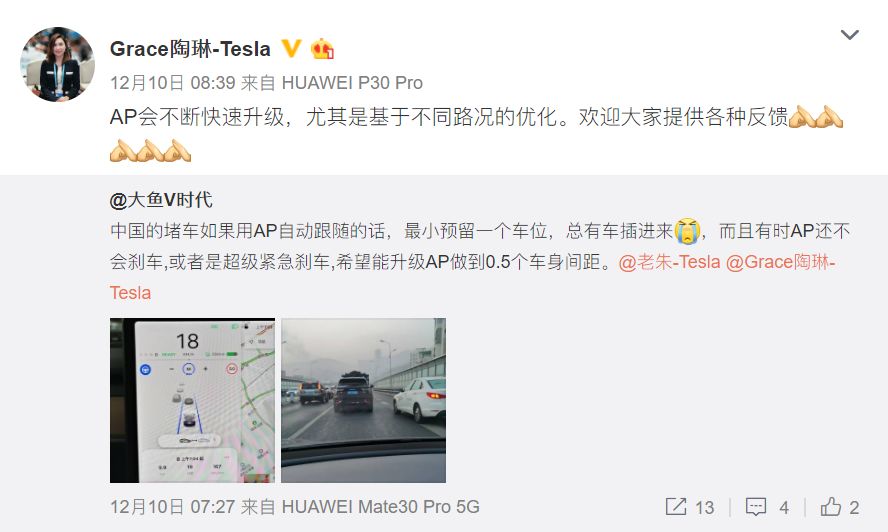
Looking back at Tesla’s presence on Chinese social media in the past, it could be said that it was relatively small. However, recently, Tesla’s official Weibo account has been interacting frequently with car owners and netizens, and three executives have also revealed on Weibo that the navigation system and Autopilot are being optimized based on Chinese drivers’ habits, indicating that Tesla’s localization in China has opened a new chapter.
In addition, according to insiders, all employees of Tesla’s China headquarters (located in the Beijing Wangfujing Center) will also relocate to the Shanghai Gigafactory.
This will not only further reduce operating costs, but also, thanks to the extremely flat organizational structure promoted by Elon Musk, even the President of Tesla Greater China and the Factory Director of the Shanghai Gigafactory, Zhu Xiaotong, will not have a separate office in the factory. The entire office area will accommodate all functional departments from the top to the front line of the factory. With the relocation of the Beijing headquarters, the overall communication efficiency will be greatly improved, making it easier for all frontline “major” issues to be completed within 24 hours of reaching the higher-ups, discussing decisions, and executing solutions.
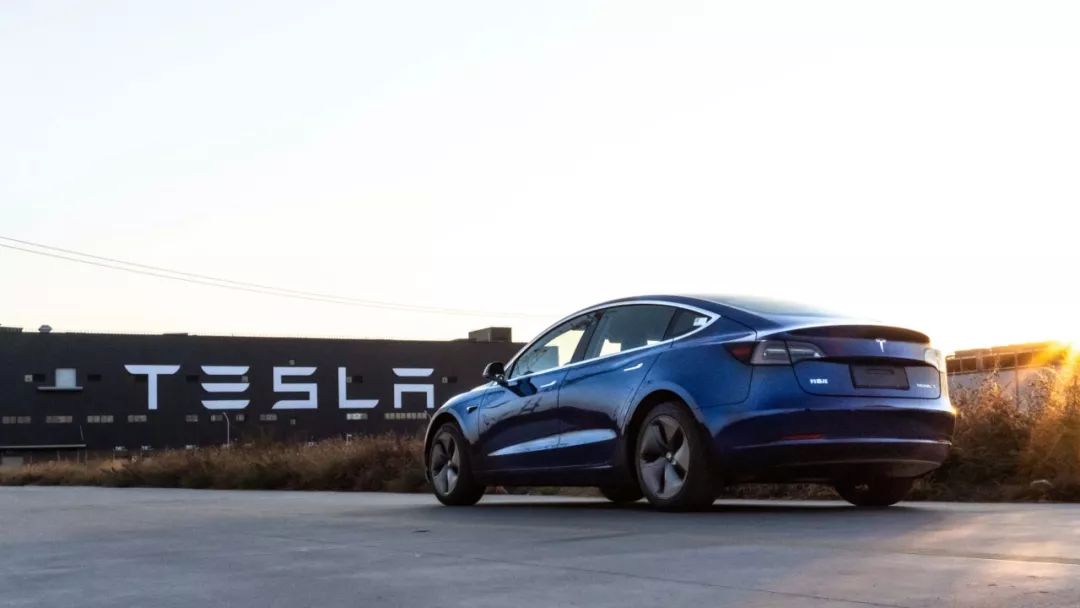
If the official production of the domestic Model 3 represents the Shanghai Gigafactory’s “fearless ship” setting sail, then today, after a series of adjustments, the “fearless ship” has officially entered its channel, and I am greatly looking forward to seeing it at full power.


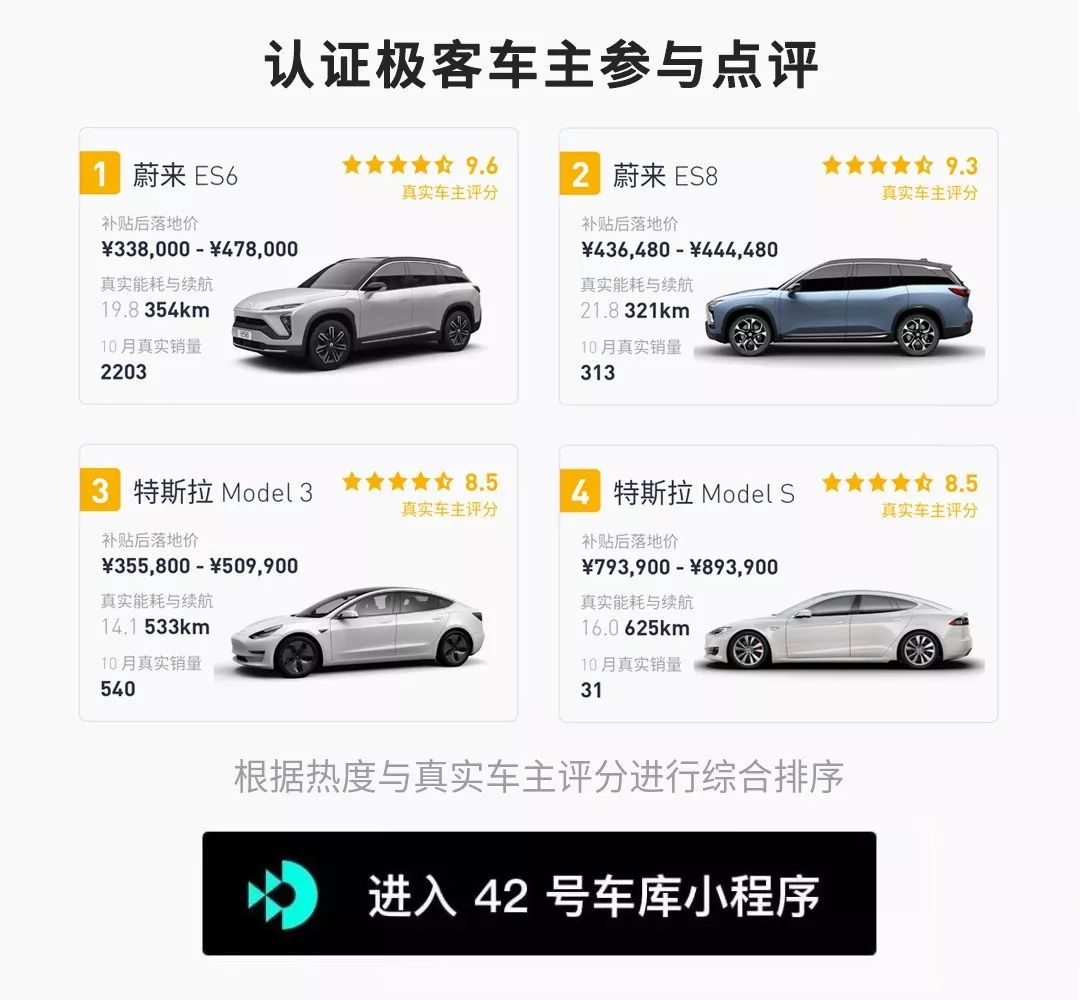
This article is a translation by ChatGPT of a Chinese report from 42HOW. If you have any questions about it, please email bd@42how.com.
